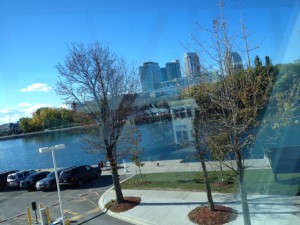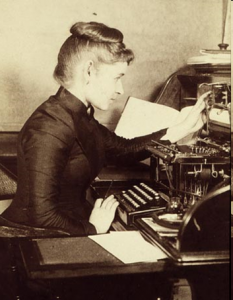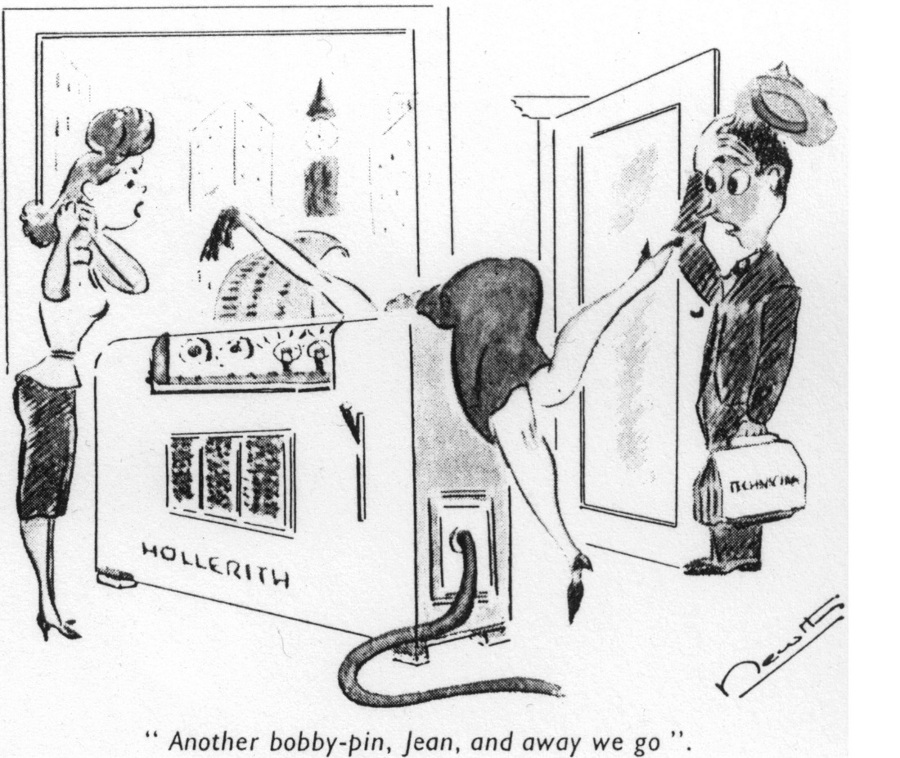MOOCs are doing a head-fake on higher education
Clay Shirky recently did an interesting post on Massive Open Online Courses (MOOCs) and the future of “non-elite” educational institutions and the students they serve: http://www.shirky.com/weblog/2012/11/napster-udacity-and-the-academy/
There are some misunderstandings of higher educational funding models in Shirky’s post, and the first few paragraphs comparing higher education to the demise of the music industry are problematic and likely to get your dander up, but if you stick with it through the end, it has some interesting insights to offer–as do the comments.
Shirky’s argument is that most current critiques leveled against online learning, and especially MOOCs, don’t take into account the reality of our higher educational landscape, but instead focus on comparing elite, top-50 liberal arts colleges and their educational benefits to MOOCs etc., ensuring that the comparison is specious and unhelpful. He cautions that we may be missing the point of where higher education is going in our devotion to an admirable, but limited set of ideals rooted in a rather classist and nationalistic view of how higher education “works.”
Shirky notes: “The possibility MOOCs hold out isn’t replacement; anything that could replace the traditional college experience would have to work like one, and the institutions best at working like a college are already colleges. The possibility MOOCs hold out is that the educational parts of education can be unbundled [from the physical/social ones].” The historian of computing in me can’t help thinking about how unbundling (of software) was also once thought preposterous and largely undoable, but soon thereafter helped to nearly destroy the market dominator–IBM–and completely changed the landscape of computing.
In other words, MOOCs and online learning, intentionally or not, are doing a “head-fake” of sorts on the “traditional academic model” (or rather, the academic model of the top 50-150 colleges and universities in the nation). Many of us working in these institutions may think that online, free courses are competing with what we have to offer, when really they’re setting up a whole new landscape: they’re looking to replace our teaching, learning, and research models without competing on the same terms. This is dangerous, but also exciting. It means that it doesn’t matter if, like IBM, we can say the way we do things is better; what matters is if the way we do things is still as applicable and flexible as the new modes and methods coming into play.
This got me thinking about what more I can do to meet these issues head on in my own academic practice. As Shirky’s post crucially notes–and many who write on MOOCs neglect to remember this–universities are not just about teaching, but about research. Research, and knowledge production, are really the raison d’etre of the university, with transmission of that knowledge (teaching and public engagement) being only about half of that equation or less. Right now, research publications are the main way knowledge is produced and disseminated to students, colleagues at other institutions, the government, and the public. It’s fair to say this isn’t the greatest system–many more people could be reached, for instance, than currently are. Soon, it’s reasonable to assume, universities will transition to using tools like MOOCs to disseminate research and new knowledge. In other words, we lack vision when we think of MOOCs as merely low-level teaching tools for getting standardized courses out to anonymous students.
Therefore, for academics to adapt to the coming new models of education, we will need to–perhaps counterintuitively–focus more on research and squeeze teaching into less time: teaching through MOOCs will, quite possibly, become the new way that we get our research out into the wild, taken seriously, and used as part of larger intellectual, social, and economic debates. (Don’t believe me? Think about how radio, TV, and podcasts have all, in historical turn, stood in for reading in serious and major ways.) Just as we effectively give our research publications “away for free” to advance the state of human knowledge now, we may give our teaching and research content away for free via online courses for the same reason. That there don’t currently exist the same economic gatekeepers (Gale, SAGE, IEEE, etc.) for the latter as for the former is of little long-term concern: they will evolve as we begin to transition en masse to new forms and methods of creating and distributing research content.
One thing I am thinking of doing to start to meet this transition head on is to continue my exploration of blended learning models and tools. I’ve used this blog over the course of the last semester to invite–ok, require–students to participate in public intellectual exercises. They’ve engaged in online discussion and written their short “papers” in the comments of this blog rather than writing them on paper, for only me to read, or posting them behind the great wall of Blackboard, where they would effectively be lost after the semester’s end.
Next, I plan to try to use a teaching model that further “flips” the class lecture/discussion model, perhaps by (as some of my colleagues do) recording lectures in advance for students to watch online, and then using in-person class time to have something that more resembles a discussion section. Right now, I try to combine both lecture in discussion into the class period, and this only works well some of the time–usually when the students have been diligent in doing the reading (and unfortunately many often aren’t–or they come to class and mentally doze behind laptops even if they’re “prepared”).
The down side of these new tactics is that they will leave less room for error, either on the part of myself or on the part of students: misunderstandings that could be easily rectified IRL will assume more importance and negative impact when students rely on a non-interactive time-shifted recording. And this model will require more student prep time outside of class for the average student—not only will they have to do the readings before each class, but they will also have to devote over an hour to listening to a lecture. Many will not do both, I am sure. For my part, the enhanced prep time will require me to offer fewer graded assignments, likely reverting to a more traditional model of midterms, finals, and perhaps one or two papers during the term.
But as Shirky points out, to think that this sea-change will present us with a new option equivalent to the old is to misunderstand the whole point of change. And I’m all right with that uncertainty, because these types of problems–and the intellectual stretching required to solve them–is the whole reason I got into this game in the first place.







